What is Sales Force Automation?
Today, the job of the sales associate is greatly helped by the advancement of Sales Force Automation (SFA); which covers an array or responsibilities that empower sales professionals to work more efficiently from just about anywhere in the world.
Before the proliferation of digitalized communications, records, and processes, pen and paper were the sophisticated tools of the trade for most sales associates. A Rolodex, for example, is the tangible version of most contact lists we use today on our mobile devices and computers—without which, most professionals could hardly function. Now, Sales Force Automation is as essential as the Rolodex was.
How Does Sales Force Automation Work?
At its most basic level, SFA is software designed to organize customer data, record customer interactions, and deliver insight on short- and long-term sales behavior.
Between the early 1980s to Y2K, SFA began to incorporate more aspects of the sales process including, web-based contact list, e-mail packages, custom templates and more. By automating the sales process and digitizing the data, sales methods became more specialized and, over time, increasingly more successful.
Customer Relations Management
Software companies like Oracle, Baan, and Microsoft pioneered the industry and helped bridge the gap between SFA and Customer Relations Management (CRM).
In the early 2000s, Paul Greenberg published CRM at the Speed of Light, which helped guide the notion that CRM should include a company’s overarching strategies, practices and technologies aimed at building customer relationships as well as driving sales. Eventually, CRM and SFA became intertwined—with SFA focusing on the systems and software, and CRM focusing on the analytics of the customer lifecycle.
Today, CRM includes things like social CRM, which aims to prioritize customer interaction over customer transactions across different media channels. However, CRM also includes things like customer retention rates, online shopping trends, email open rates, and other data points that improve business relations, drive sales, and curate a strong customer base.
The Future of SFA
Because sales associates are no longer sitting behind a desk making phone calls all day; many of them work exclusively in the field, the future of SFA as well as some combination of CRM will inevitably include features specific to mobile devices. This includes formatting sales catalogues and brochures or mobile, digitalized forms, paperwork and signatures, as well as streamlining the purchasing process to maximize efficacy in the field.
Further, these mobile solutions will continue to assist sales professionals with traditional SFA tasks like managing appointments, rescheduling, and record keeping.
Just like other business tools and systems, mobility is essential to the future of SFA. Sales teams are made of increasingly on-the-go professionals, who need devices that reflect this change in professional behavior. Thus, mobile is not only the future, it’s the present hot spot in sales and customer management.


